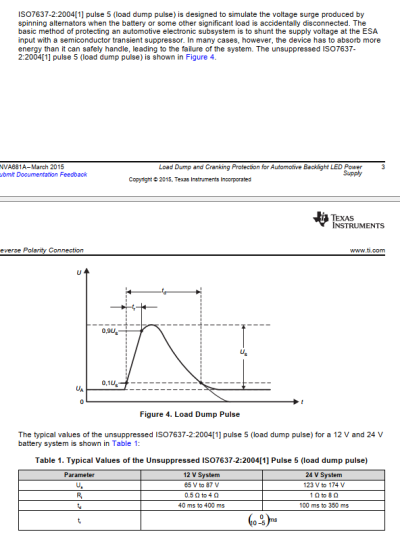I'm sure we can both find examples of jump starts killing various modules and such on the internet, we can also find evidence of jump starting causing no issues at all.
Its easy for a garage to say it was your fault by jump starting, thus causing your issue, maybe the issue was there before, maybe the damage was done continually trying to start with a exhausted battery, maybe the jump leads were crossed polarity ? We all know trying to start your Mercedes will throw up lots of codes and fail warnings on the dash if the battery is low.
I have yet to see anyone prove whilst jump starting a car, then removing a donor battery would cause a voltage spike, removing or adding a load may increase the current but the voltage is regulated and would not rise significantly.
To prove a spike did occur you would have to connect an oscilloscope to a battery whilst jump starting with a donor battery, then removing the leads and recording the voltage at the exact moment.
This of course would never take place in practice, so its based on theory. This exercise would may have to be performed hundreds of times to create the illusive spark, I've yet to see this.
We will have to disagree on this occasion.


